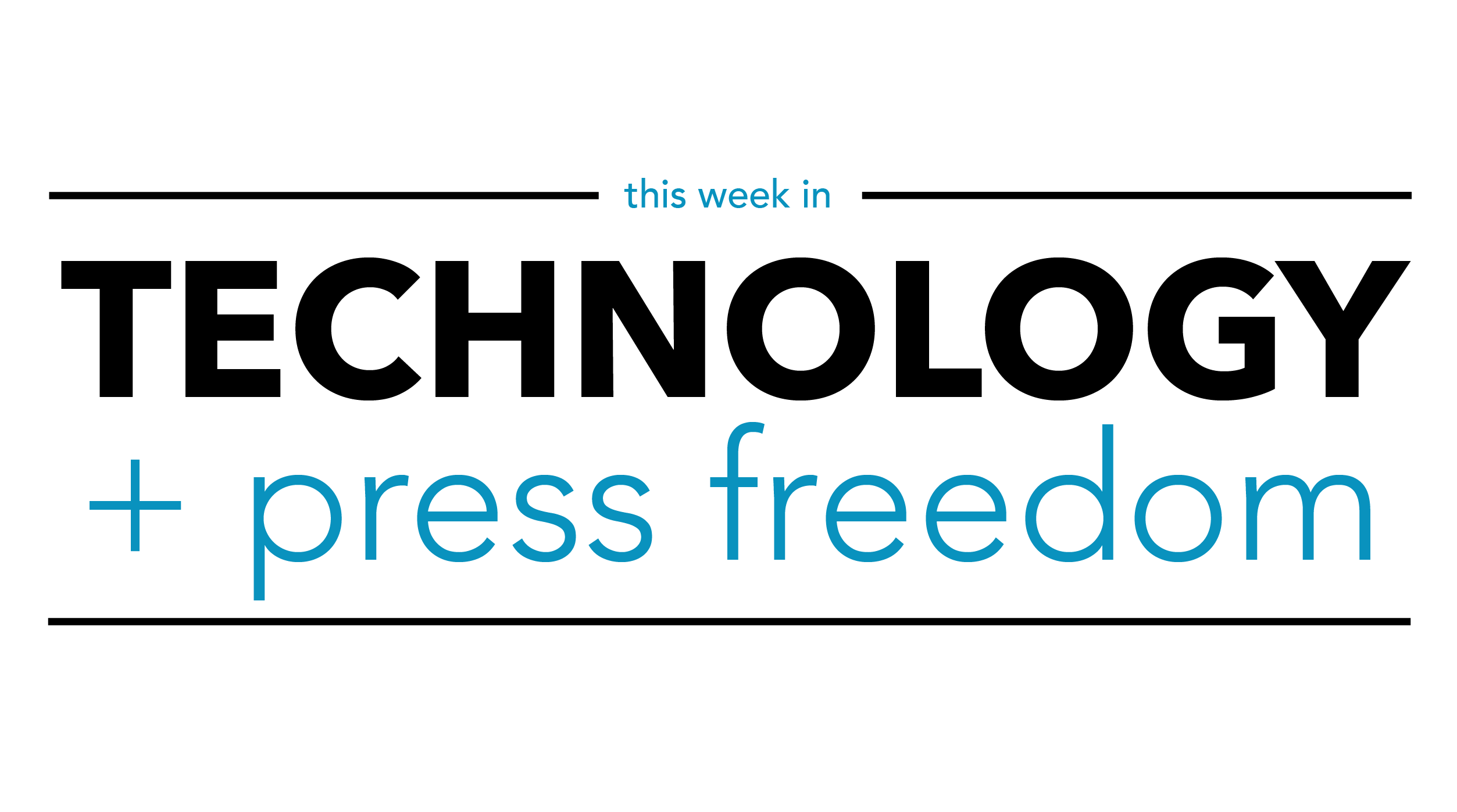Where the TikTok, WeChat litigation stands

The litigation over the Trump administration’s executive orders “banning” TikTok and WeChat unfolded nearly too fast to follow. For now, though, the dust thrown up by the first round of preliminary injunction filings has settled, and a sort of status quo will likely last at least a few weeks longer. Here’s where things stand as of this writing — and where they may be headed over the next few months.
The top-line outcome in each case has, so far, been the same: Each order is enjoined. As a result, TikTok and WeChat remain available in the United States. Beneath the surface, though, the suits have evolved along very different lines, focusing in on different arguments and unfolding into different procedural postures. Either or both could have ramifications not just for social media firms, but also for the rights of Americans to access foreign traditional media (and vice versa).
The TikTok case
In TikTok v. Trump, litigated in the U.S. District Court for the District of Columbia, Judge Carl Nichols zeroed in on a purely statutory question: whether the ban on distributing TikTok exceeded the president’s authority under the International Emergency Economic Powers Act. (The Reporters Committee successfully moved for public access to the hearing in that case.)
The key issue, as the court saw it, was whether the order fell afoul of the Act’s “informational materials” carve-out, which denies the president “the authority to regulate, directly or indirectly … informational materials” — a category Congress intended to cover a range of media, from posters and “compact disks” to “news wire feeds.” The Trump administration had argued that the orders don’t block the importation of information; they just prohibit doing business with particular companies, who happen to be in the business of transmitting information. The district court was not persuaded. On what meaning of “indirect,” after all, is an order designed to completely prohibit TikTok users from exchanging data not an indirect regulation of their data exchange?
The Justice Department’s view, Nichols pointed out, would seem to allow the president to forbid a foreign news wire from operating in the United States if the administration could claim it was transmitting propaganda, a possibility the text contemplated and excluded. The court also concisely rejected the administration’s (startling) suggestion that the order could be justified by an “exception to [the Act’s] exception” that permits regulation of communications that would violate the Espionage Act. TikTok users share memes, Nichols said, not national defense information.
In light of its conclusion, the district court did not reach the First Amendment questions presented. The court also chose to enjoin just one of the executive order’s restrictions — the bar on distributing the TikTok app, which had been scheduled to go into effect on Sept. 27 — while deferring consideration of its other provisions, which aren’t set to kick in until Nov. 12. The parties are still briefing the challenge to those other prohibitions, and you can tune into the next hearing on Nov. 4. In the meantime, the Justice Department has appealed the partial injunction to the U.S. Court of Appeals for the D.C. Circuit.
The WeChat case
In the U.S. District Court for the Northern District of California, by comparison, the WeChat litigation has proceeded as a constitutional case. There, Magistrate Judge Laurel Beeler concluded the plaintiffs had raised “serious questions” on whether the executive order passes First Amendment muster. Shutting down a unique community on social media, she reasoned, was analogous to prohibiting “an entire medium of expression,” a kind of regulation the Supreme Court has suggested is almost always unconstitutional. And WeChat, she said, hosted such a unique community — irreplaceable by other chat apps, in part because of WeChat’s role in allowing users to access Chinese-language news.
The Justice Department has noticed an appeal in that case, with briefing to unfold over the next several months. In the meantime, the government has previewed its arguments in its motion for a stay pending appeal — including the troubling suggestion that the First Amendment may have nothing to say about the right of U.S. speakers to reach an audience beyond America’s borders.
The Reporters Committee will be following these cases closely as they develop.
Like what you’ve read? Sign up to get the full This Week in Technology + Press Freedom newsletter delivered straight to your inbox!
The Technology and Press Freedom Project at the Reporters Committee for Freedom of the Press uses integrated advocacy — combining the law, policy analysis, and public education — to defend and promote press rights on issues at the intersection of technology and press freedom, such as reporter-source confidentiality protections, electronic surveillance law and policy, and content regulation online and in other media. TPFP is directed by Reporters Committee attorney Gabe Rottman. He works with Stanton Foundation National Security/Free Press Legal Fellow Grayson Clary and Technology and Press Freedom Project Legal Fellow Mailyn Fidler.